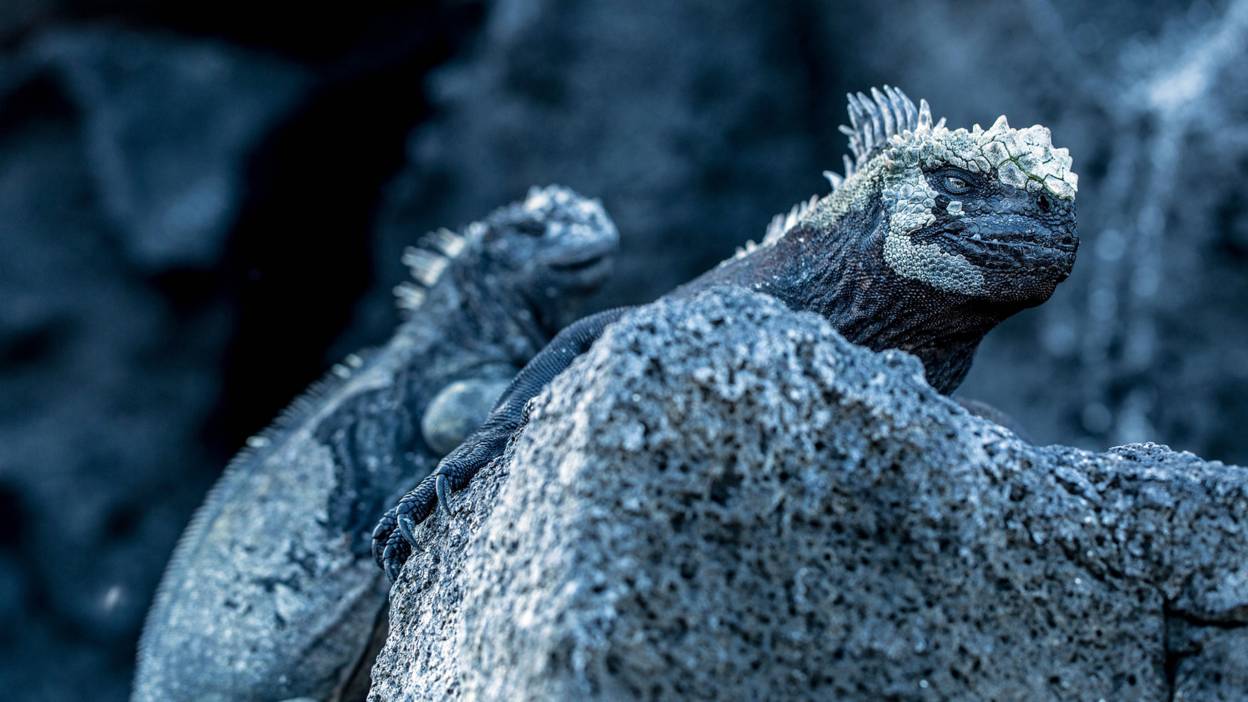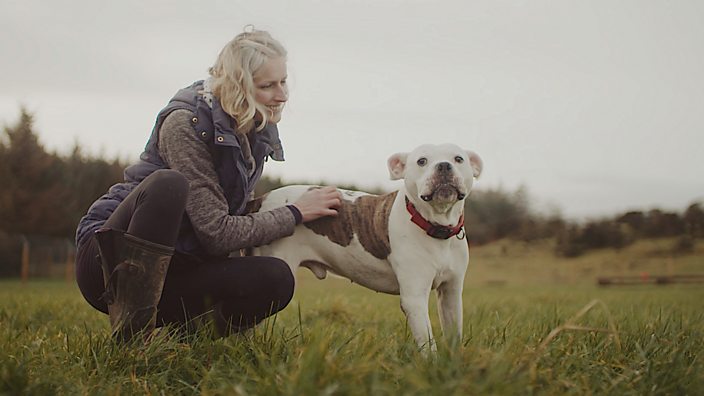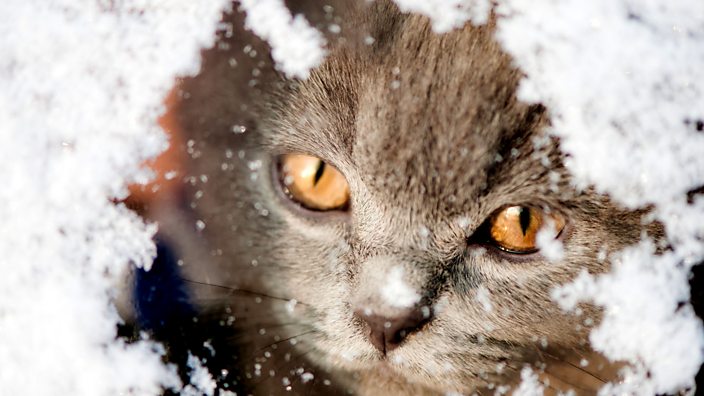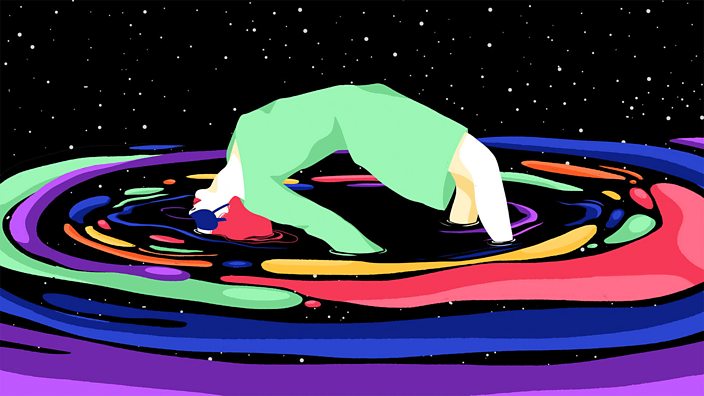If you've been watching Galapagos on BBC One, you probably can't stop spouting trivia tidbits.
I’ve been telling anyone who’ll listen that (spoiler alert) a giant tortoise can weigh more than five grown men. And discussing the deep-sea shark that’s been around since before the dinosaurs. Oh, and Liz Bonnin. We love you David Attenborough, but Liz Bonnin is it.
The three-part series follows Bonnin on an expedition around the Galapagos Islands, home to over 1,000 species found nowhere else on the globe.
 BBC
BBC
One of these is the marine iguana, the only sea-going lizard in the world. It looks like something straight out of Godzilla. When Darwin first encountered them in the 1800s, he labeled them “imps of darkness”.
They’ve taken the idea of evolution to a whole new level. If you’re going to chat any Galapagos facts, they’ve got the good stuff.
Not only can they hold their breath for over an hour, they can shrink and grow at will.
Every few years, a weather event called El Niño takes place, taking much of the iguanas’ food with it.
The largest iguanas are the first to die, because the largest bodies require the most energy.
So, the iguanas have come up with a solution, and managed to do something that no other vertebrate can do – they shrink. They can lose up to 20% of their size, by literally shrinking their skeleton.
 BBC
BBC
But they don't shrink over the course of generations - they’re able to do this during their lifetime. Over a period of months, they break down their bone tissue before building it back up again after the storms.
“Kind of like a lizard accordion,” says Professor Greg Lewbart, a wild animal vet.
It’s an incredible example of evolution, on the very islands where Darwin developed his theory of natural selection.
Want more wildlife wonders? Watch episode one of Galapagos on iPlayer.














